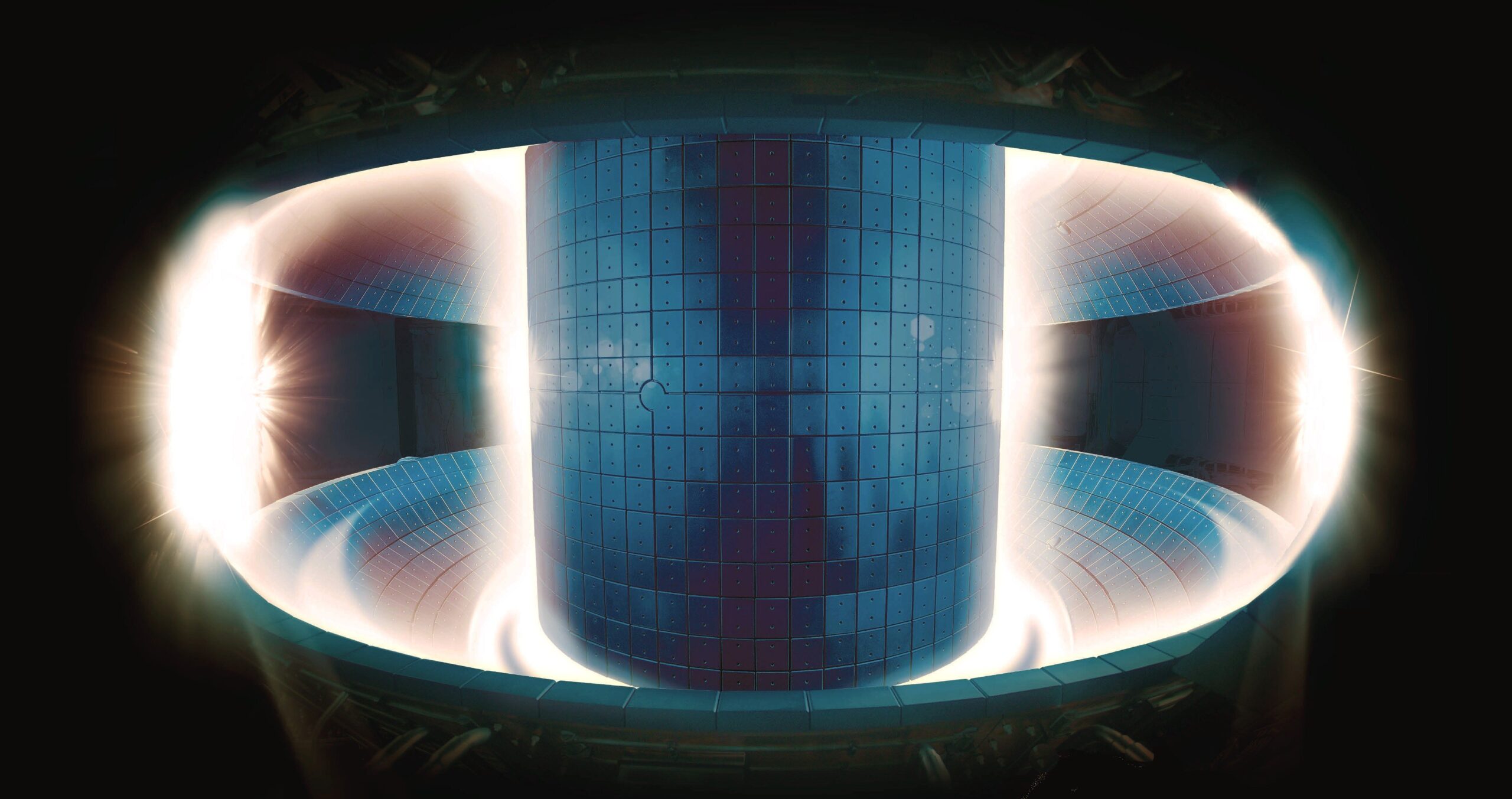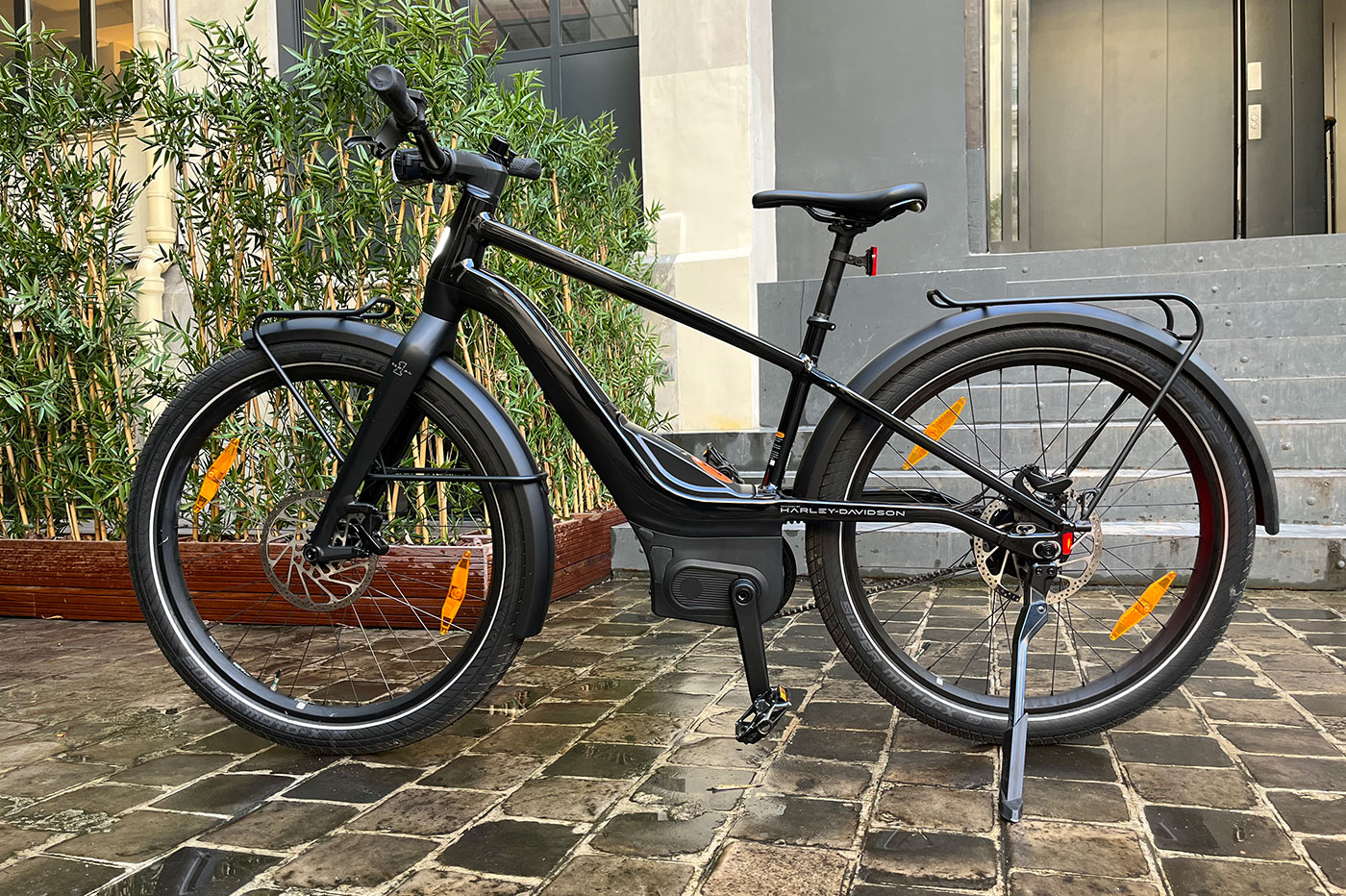
Nuclear fusion research is advancing slowly but surely, in part thanks to the progress of the Chinese tokamak EAST.
ITER, the European nuclear fusion project installed in the South of France, tirelessly continues on its way. But he is not the only one; other countries and institutions are actively working on the subject in order to revolutionize our conception of energy. Among them is the Experimental Advanced SUperconducting Tokamak, the Chinese tokamak project, which has made impressive progress in recent months.
Roughly speaking, the main challenge in nuclear fusion is to get the carefully prepared atoms to collide with each other at breakneck speed. But there is obviously no question of catapulting them one against the other. To generate this vast nanometric mess, tokamak-type devices, such as EAST or ITER, must maintain an absolutely hellish temperature of several tens of millions of degrees.
However, generating such a temperature is not easy, far from it; engineers are constantly seeking to push the limits of the various prototype tokamaks to reach the famous threshold of 150 million degrees Celsius. It is around this temperature (variable according to the devices) that the conditions become ideal at the threshold of the enclave, and that the reaction can therefore begin within the plasma.
18 minutes, thermostat 70 million
The engineers of the EAST had already struck a big blow last May; they had then managed to approach this symbolic cape by pushing their machine 160 million degrees Celsius, or more than ten times the estimated temperature of the center of the Sun. They managed to maintain it for 20 seconds. Excellent news, which undoubtedly shows that the machine is well capable of handling this furnace. But this is only the beginning: we must now maintain this temperature over time, which is much more complicated.
But again, the engineers are advancing quite impressive results. Shortly after the May experiment, they attempted a test five times as long; they managed to feed this canned hell for 101 seconds in total. A hell of a feat, but for which the team had to make a concession. Instead of aiming for the same 160 million degrees, they had to settle for 120 million.
They have since persisted in this direction by subjecting EAST to longer tests, in order to observe not its maximum power, but the duration over which it could withstand a significant load. They recently announced that they had successfully maintained a temperature of 70 million degrees Celsius for … 17 minutes and 56 seconds.

The first big step towards merger begins to draw near
Staggering figures that testify to the progress of the sector over the year 2021. To put them in context, just a year ago, the Korean tokamak KSTAR was still the champion of this category with 100 million degrees Celsius for twenty seconds. It was more than double the previous record, and therefore quite a feat at the time, but it already seems far behind.
But if these record figures are very impressive, they nevertheless represent only small steps on the long road of nuclear fusion. Today, this technology is still a gigantic, multi-dimensional puzzle, with many independent issues that will first need to be addressed individually in order to approach commercial merger more holistically.
The first of these stages will be to combine the achievements of all these experiences; it is now a question of maintaining temperatures of several tens of millions of degrees for periods of the order of an hour, a day, or even even more. And given the speed at which this particular point is advancing, it is possible that this milestone will be reached in the years to come.
Commercial merger will take much longer to emerge; even with an optimistic outlook, it will likely still be several decades before the first large-scale power plants emerge. But the game is worth the candle. It doesn’t matter if it’s from ITER, KSTAR, EAST, the MIT prototype or whatever; the important thing is that this is a technology that could completely revolutionize the way we think about energy to levels that we cannot even conceive of today.


